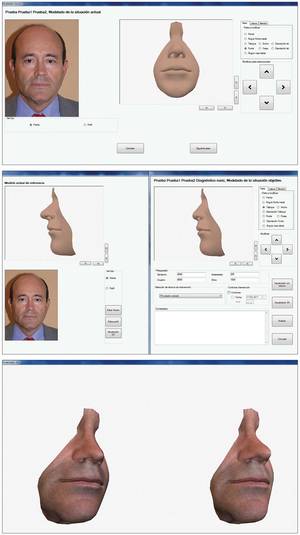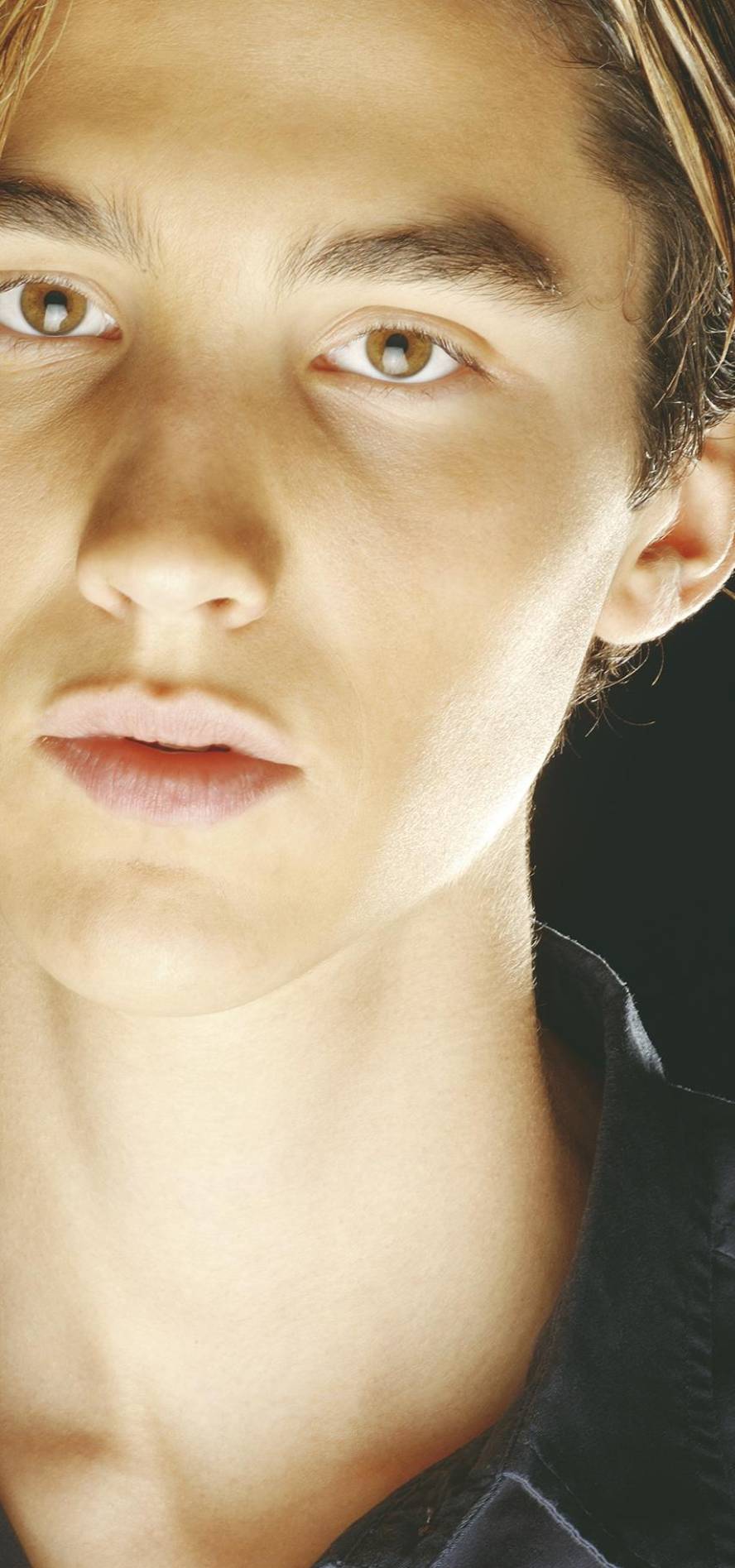The 3D avatars from fiction to reality
The Tecnalia Media Unit has developed an economical and user-friendly technology for the development of custom 3D avatars. Precisely with this objective the project was launched, according to the researcher Concepción Cortés: "The technology used to generate 3D avatars is very complex and, therefore, expensive. Our intention has been to invent an economic technology in order to reach more users". And they already have results.
Cortés has explained that for the realization of 3D avatars in video games, films, etc. There are two main ways: the use of specific hardware or the use of modeling software. Both are complex methods, since many processes are manual and can only be performed by specialists. Therefore, although they can have many applications, the price becomes in many cases an insurmountable obstacle.
You can also use 3D scanners to create avatars. In Cortés's opinion, although his appearance is acceptable, "they have great difficulties to encourage, that is, to give movement."
Towards simplicity
Faced with these methods, the system developed in the Tecnalia Media Unit offers a customization solution of "simple, effective and attractive" 3D avatars, according to its authors. Cortés himself explains very simply the functioning of the system: "To create the avatar of a person's face, for example, we start from a mask. With a common webcam we take 2D images of the person and from them the mask is modelled".
For this purpose, the mask has certain points located. The program identifies these points in the user's image and relates them to those that the mask has. Because the mask geometry is very adaptable, it easily adapts to the user's features and in some points uses a 3D application to further refine the geometry.
However, the work of the system does not end there. Once modelled geometry, the system uses an algorithm to perform the "map" of the texture. So far, the system only has a front photo of the user's face.
To give movement more images are needed, but with them the system allows to give movement in almost real time. According to Cortés, "the avatars obtained through our system are not as fascinating as those carried out with the methods initially mentioned, but have an acceptable quality for the applications that we have as objective." For the moment, the system has been prepared for its application in medicine, specifically in the field of plastic surgery and in the diagnosis and treatment of Alzheimer.
Modelvir, the future in the mirror
According to Cortesén, for a person who will perform plastic surgery it is very important to be able to see its real aspect after the intervention. "Maybe that person has a false hope. If this were so, that person may have problems after the operation." The Modelvir application has been created to avoid this risk.
"Surgeons do not usually have simulation programs that demonstrate to the patient their posterior aspect, usually use drawings on the photos to indicate what they will do and what consequences they will have. Modelvir offers an effective solution and the result is much better. In addition, it is easy to use and cheap," says Cortés.

Modelvir can be used in plastic surgery of breast, lips, nose and chin, "but if there is demand it can be prepared for other sections".
In the words of Cortés, a specific training is not necessary for its use: "The surgeon can take pictures of the patient through the computer's web camera or use archive images. In any case, they are 2D images in which the surgeon marks the points that interest him. Then, in a simple interface, it represents the changes you will make during the operation, relating them to the marked points in the image. In addition, the system itself also provides texture." In this way he creates the 3D avatar with the postoperative aspect of the patient.
The benefit is mainly psychological for the patient, but it also offers the surgeon another type of help, since it allows to archive the history of the patient, manage the data and follow up on the preoperative and postoperative process, among others. "It is very adaptable and each surgeon can put it and use it to suit their needs," said Cortés. They have already used it with a patient.
To collaborate on interaction
The application for Alzheimer's treatment has not yet been used by patients, but is ready to apply once it has been possible. It is called Alzherapy and its goal is to help the patient, caregiver, and doctor.
The common goal is to improve the patient's quality of life and slow their development. For this last purpose, special exercises have been designed on the computer for years. However, when Alzheimer's is quite advanced, it is difficult to motivate the patient to perform the exercises. "To do this, it helps them to receive the friendship of a person known, such as the caregiver, who is often a family or close person and in whom he trusts," explains Cortés.
Therefore, Alzherapy creates the avatar of that person of trust of the sick person to help him to exercise. In this case, the abatarra, in addition to his appearance, imitates the voice to capture the attention of the sick person. In this way, it helps the patient to interact with the computer and offers instructions to perform exercises.
"In addition, the system is adapting to the capacity of the patient so that the exercises are not too easy or too difficult. This prevents the loss of interest," he added. In passing, he streamlines the caregiver's work, since thanks to the avatar it is not necessary for anyone to remain with the sick person for all the time the exercise lasts.
On the other hand, the system sends the doctor all the information, which allows him to follow up on the evolution of the disease. Diagnosis can also help: "If it is about avatars of people close to the patient, they can be used to see if the patient knows," explains Cortés.
Completed project. Now you have to see what demand has and what users say.







